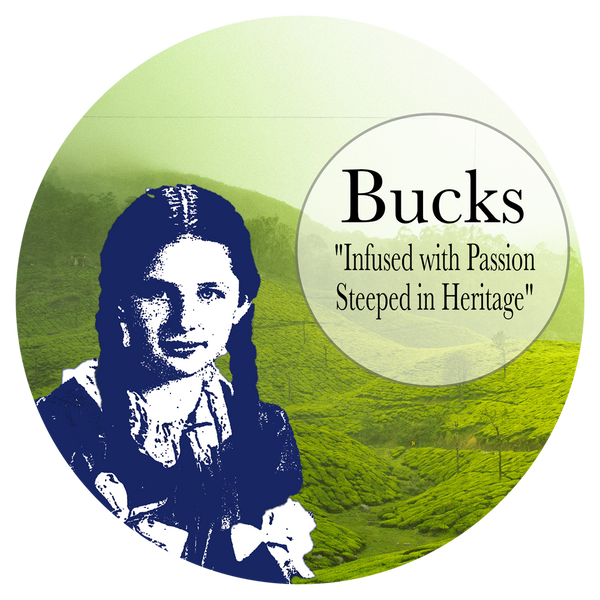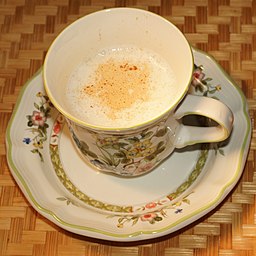As winter's chill settles in, there's nothing quite like wrapping your hands around a steaming mug of salep, a traditional Middle Eastern drink that has warmed hearts and bodies for centuries. This creamy, aromatic beverage has a fascinating history of being the "second choice" that became a first love for many cultures.
A Historical Journey
Salep's rise to popularity is intertwined with cultural shifts and economic factors. During Turkey's Islamification, it emerged as a beloved alternative to alcoholic beverages. Later, it found its way to England, where it became a popular substitute for the more expensive coffees and teas of the time. Despite its origins as an alternative, salep has earned its place as a cherished beverage in its own right.
Crafting the Perfect Cup
The key to an exceptional salep lies in the details of preparation. The following recipe provides a foundation for creating this luxurious beverage at home.
Base Recipe
Ingredients:
- Pure salep powder
- Whole milk
- Sugar
- Ground cinnamon for garnish
Method:
1. In a clean bowl, combine the salep powder and sugar, blending them thoroughly.
2. Pour cold milk into a small saucepan. Add the salep-sugar mixture and whisk until well combined.
3. Place the pan over low heat. This is where patience becomes crucial - whisk the mixture continuously as it comes to a gentle boil. This constant attention prevents lumps from forming and stops the mixture from sticking to the bottom of the pan.
4. Continue stirring over low heat for 3-5 minutes, until the mixture develops a thick, silky consistency that coats the back of a spoon.
5. Pour immediately into warm mugs and dust generously with cinnamon. Serve while hot.
About Salep Powder:
Authentic salep powder is made from ground orchid tubers (genus Orchis) and can be found here. While commercial instant versions are readily available and can provide a satisfying experience, they often come pre-sweetened. For the most authentic experience, seek out pure salep powder, which allows you to control the sweetness and create a more nuanced beverage. While there are commercial versions available (think Nestle-style offerings), nothing compares to a properly crafted cup using high-quality salep. The difference can be striking – from the rich, authentic preparations found in traditional Middle Eastern cafes to the more standardized commercial versions often served at modern venues.
Base Recipe Enhancement Tips
To elevate your salep experience, consider these professional touches:
1. Cinnamon Preparation: Dry-toast a cinnamon stick in the pan until slightly charred, then grind it fresh. This simple two-minute process dramatically enhances the flavor and creates an aromatic base that maintains its improved properties for an extended period.
2. Spice Additions:
- Add a small amount of cardamom (less than 1/8 teaspoon per serving)
- Include organic ginger powder or vanilla powder (just a pinch)
- Consider experimenting with sassafras root or its extract for a traditional warming element
3. Garnishing Options:
- Drizzle with food-grade rose water
- Sprinkle with crushed dried rose petals
- Top with toasted pistachio dust
Make It Your Own
One of the beauties of salep is its adaptability. Once you've found your preferred blend of spices and proportions, you can prepare a larger batch of the dry mixture to keep on hand throughout the winter season. This preparation makes it easy to enjoy a warming cup whenever the mood strikes.
Looking Beyond
For those interested in exploring similar warming winter drinks, consider trying champurrado, a Mexican hot chocolate variant that shares salep's comforting qualities. Both beverages exemplify how traditional drinks can provide warmth and comfort during the coldest months. We'll do a post on this soon.
Image credit: DesignbyNur, CC BY-SA 3.0 <https://creativecommons.org/licenses/by-sa/3.0>, via Wikimedia Commons

